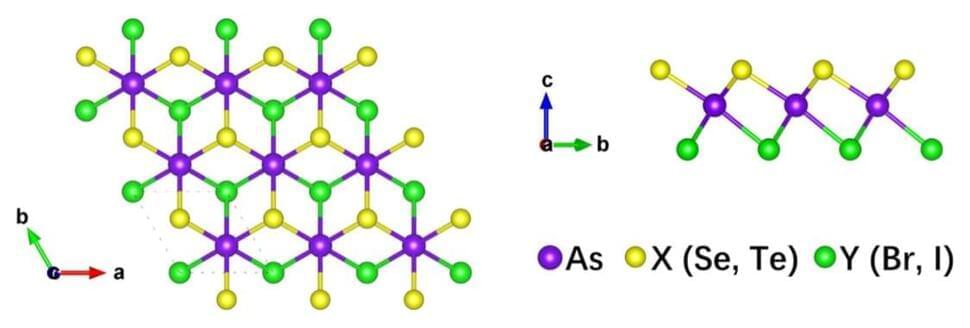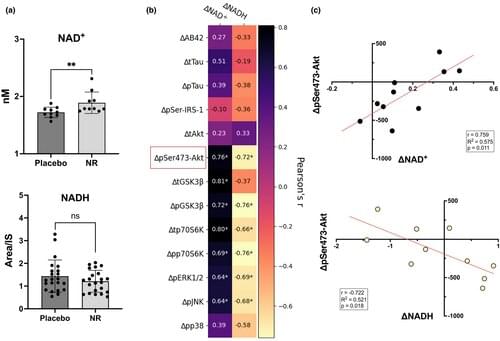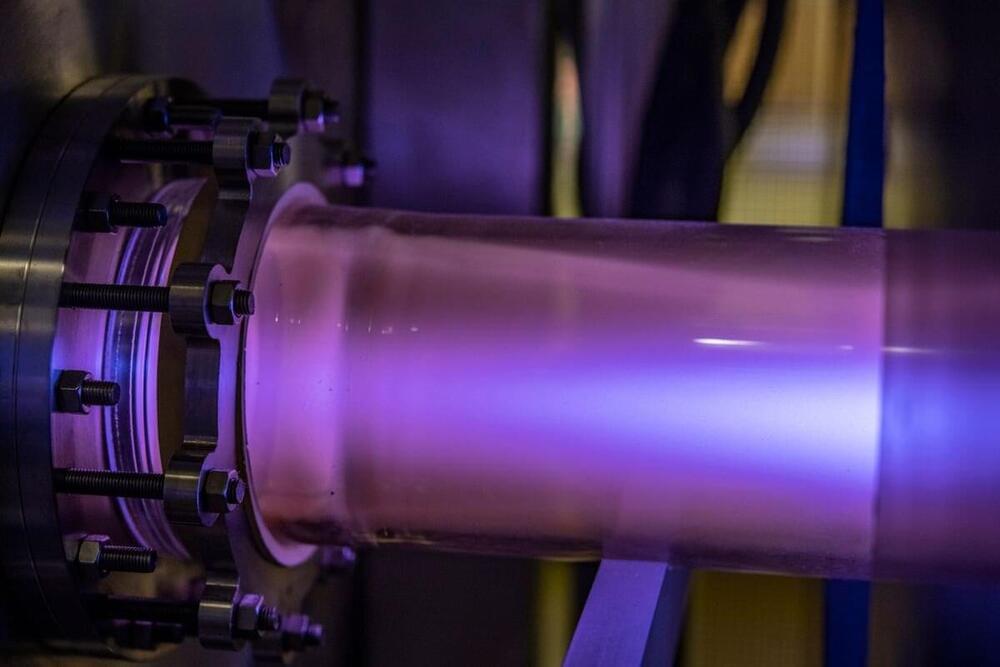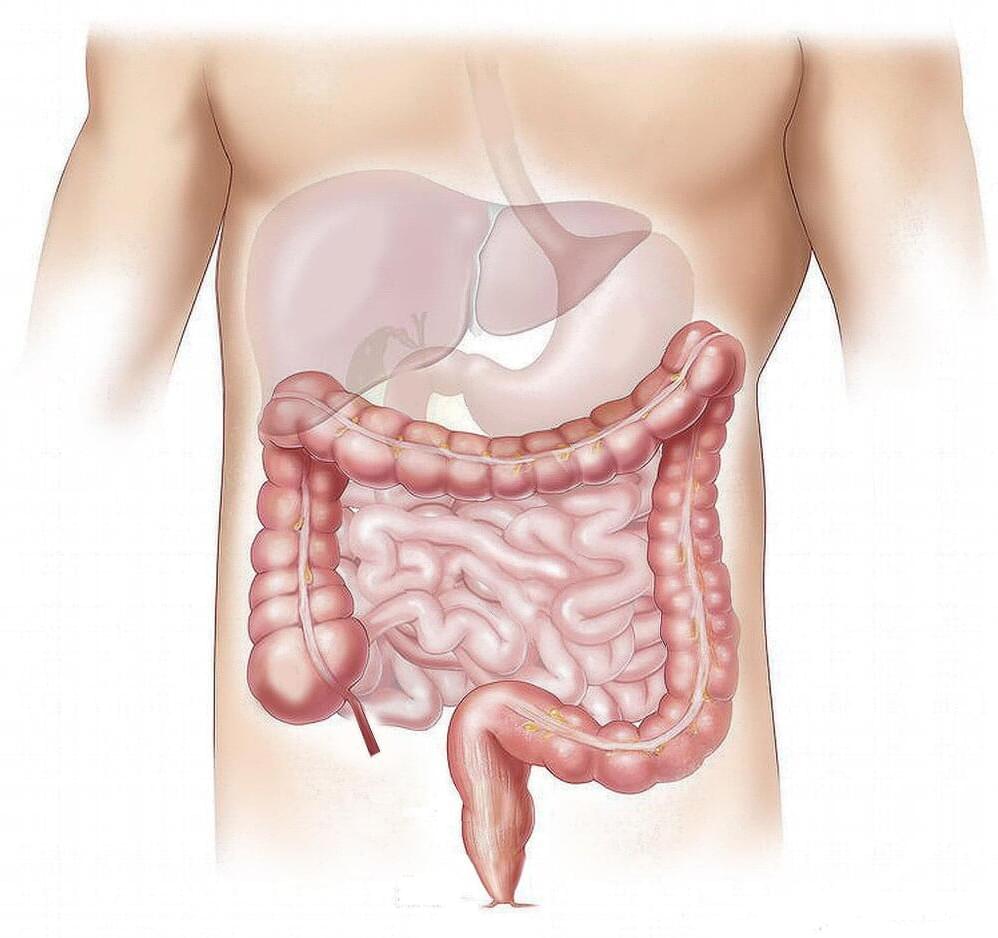By combining combine genetic and electrical engineering, scientists have developed a new technique for wiring electronics into living matter.
Get the latest international news and world events from around the world.

AI is helping your company decide who to lay off
AI might not take your job any time soon, but companies are already using it to help them decide who to lay off.
That’s according to a November Capterra survey of 300 US human resources leaders, which found that 98% of respondents plan to use software and algorithms to help them make any layoff decisions in 2023.
While many companies have access to a wide range of employee data — including information on employee attendance, pay, and experience — the HR leaders said “skills” and “performance” data would be most likely to be used in a layoff decision, with 70% of the leaders saying each of these would be considered.

2D Janus materials could harvest abundant hydrogen fuel
Several studies have predicted that the water splitting reaction could be catalyzed by certain groups of 2D materials—each measuring just a few atoms thick. One particularly promising group are named 2D Janus materials, whose two sides each feature a different molecular composition.
Through new calculations detailed in The European Physical Journal B, Junfeng Ren and colleagues at Shandong Normal University in China present a new group of four 2D Janus materials, which could be especially well suited to the task.
Since hydrogen releases an abundance of energy when combusted, with only water as a byproduct, it is now widely seen as an excellent alternative to fossil fuels. Splitting water molecules involves a redox reaction, where electrons and holes participate in reduction and oxidation reactions.
Get an NGS test to get the right treatments
The more you know about mutations driving your cancer, the better your chances of finding the right treatments.
Even more, over 1 in 3 clinical trials require knowing your tumor profile.
If you want to know if you have a tumor mutation that can be targeted with specific treatments, register for xINFORM.

Researchers link supplement to reduced biomarkers of Alzheimer’s in the brain
For the first time, a researcher at the University of Delaware College of Health Sciences in collaboration with a team at the National Institute on Aging, a division of the National Institutes of Health, has determined that the naturally occurring dietary supplement known as nicotinamide riboside (NR) can enter the brain.
The discovery was made by Christopher Martens, assistant professor of kinesiology and applied physiology and director of the Delaware Center for Cognitive Aging Research, and Dr. Dimitrios Kapogiannis, a senior investigator at the National Institute on Aging. The finding is significant because it supports the idea that NR, upon reaching the brain, can alter the metabolism of relevant biological pathways involved in neurodegenerative diseases like Alzheimer’s. Their work was recently published in the journal Aging Cell.
Upon consumption, NR is readily converted into nicotinamide adenine dinucleotide (NAD+), which is critical to cellular repair and the repair of damaged DNA.
This Box Wing eVTOL Will Run on Hydrogen and Have a Range of 620 Miles
The Vertiia’s box wing design reduces wingtip drag and ups aerodynamic efficiency, which will let it operate smoothly in urban environments.


Physicists give the first law of thermodynamics a makeover
West Virginia University physicists have made a breakthrough on an age-old limitation of the first law of thermodynamics.
Paul Cassak, professor and associate director of the Center for KINETIC Plasma Physics, and graduate research assistant Hasan Barbhuiya, both in the Department of Physics and Astronomy, are studying how energy gets converted in superheated plasmas in space.
Their findings, published in Physical Review Letters, will revamp scientists’ understanding of how plasmas in space and laboratories get heated up, and may have a wide variety of further applications across physics and other sciences.
Hoffman Λ Vervaeke: Redefining Reality
John Vervaeke and Donald Hoffman talk about infinity, ego, death, non-dualism, and what is reality. Sponsors:
- Brilliant: https://brilliant.org/TOE for 20% off.
- Masterworks: https://www.masterworks.com promo code TOE
- Shopify: https://www.shopify.com/theories to start your free trial.
*New* TOE Website (early access to episodes): https://theoriesofeverything.org/
Patreon: https://patreon.com/curtjaimungal.
Crypto: https://tinyurl.com/cryptoTOE
PayPal: https://tinyurl.com/paypalTOE
Twitter: https://twitter.com/TOEwithCurt.
Discord Invite: https://discord.com/invite/kBcnfNVwqs.
iTunes: https://podcasts.apple.com/ca/podcast/better-left-unsaid-wit…1521758802
Pandora: https://pdora.co/33b9lfP
Spotify: https://open.spotify.com/show/4gL14b92xAErofYQA7bU4e.
Subreddit r/TheoriesOfEverything: https://reddit.com/r/theoriesofeverything.
LINKS MENTIONED:
- Important TOE ep: Lilian Dindo: https://youtu.be/L_hI7JNsbt0
- Important TOE ep: Karl Friston (Part 2): https://youtu.be/SWtFU1Lit3M
- The Meaning Crisis: https://www.youtube.com/playlist?list=PLND1JCRq8Vuh3f0P5qjrSdb5eC1ZfZwWJ
- Donald Hoffman theolocution w/ Joscha Bach: https://youtu.be/bhSlYfVtgww.
- John Vervaeke theolocution w/ Joscha Bach: https://youtu.be/rK7ux_JhHM4
- John Vervaeke theolocution w/ Bernardo Kastrup: https://youtu.be/zw6BFDJ765w.
- John Vervaeke solo TOE podcast: https://youtu.be/3p8o3-7mvQc.
- Donald Hoffman solo TOE podcast: https://youtu.be/CmieNQH7Q4w.
TIMESTAMPS:
00:00:00 Introduction.
00:03:10 Zen, intelligibility, and Neoplatonism.
00:05:26 Physics and consciousness.
00:07:16 Spacetime and Nima Arkani Hamed.
00:09:34 What do they find impactful about one another’s work?
00:14:27 What does “fundamental” mean?
00:22:08 Reality vs. Fundamentality.
00:25:07 Gödel’s incompleteness is NOT about TOEs.
00:35:49 Science predicts its own demise.
00:46:00 Psychosis, derealization, and the terror of delving into TOEs.
01:02:17 Morality and “the ego“
01:08:04 Infinity and “the one“
01:28:47 Coleman Mandula theorem.
01:31:59 Debate: Spacetime is real vs. unreal.
01:52:03 Reality, evolution and infinity.
02:08:35 Truth, misframing, and love.

Psyllium fiber protects against colitis
Psyllium fiber protects against ulcerative colitis and suppresses inflammation by activating the bile acid nuclear receptor, a mechanism that was previously unrecognized, according to a new study by researchers in the Institute for Biomedical Sciences at Georgia State University.
The findings published in the journal Cellular and Molecular Gastroenterology and Hepatology (CMGH) reveal that psyllium, which is semi-soluble and derived from Plantago seeds, inhibits inflammation that can lead to colitis in mice by increasing serum bile acids, resulting in the activation of the farnesoid X receptor (FXR), a bile acid nuclear receptor.
Fiber-rich foods promote intestinal and metabolic health, but the extent of protection varies for each fiber type and the mechanisms that offer this protection are poorly defined. It has been unclear whether dietary fiber can benefit severe forms of intestinal inflammation, such as Crohn’s disease and ulcerative colitis, which are collectively known as inflammatory bowel disease (IBD) and affect 3 million adults in the United States.